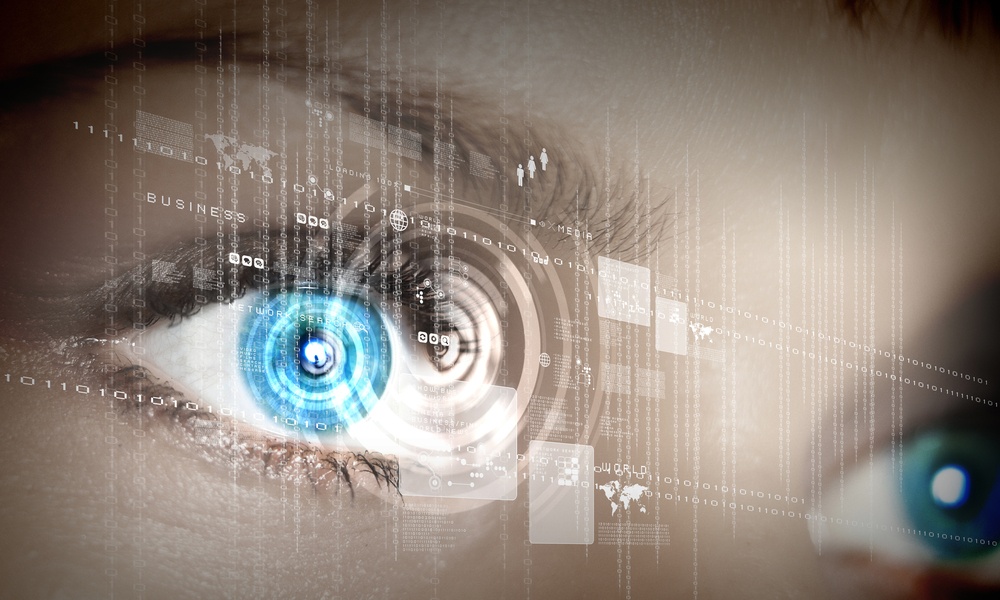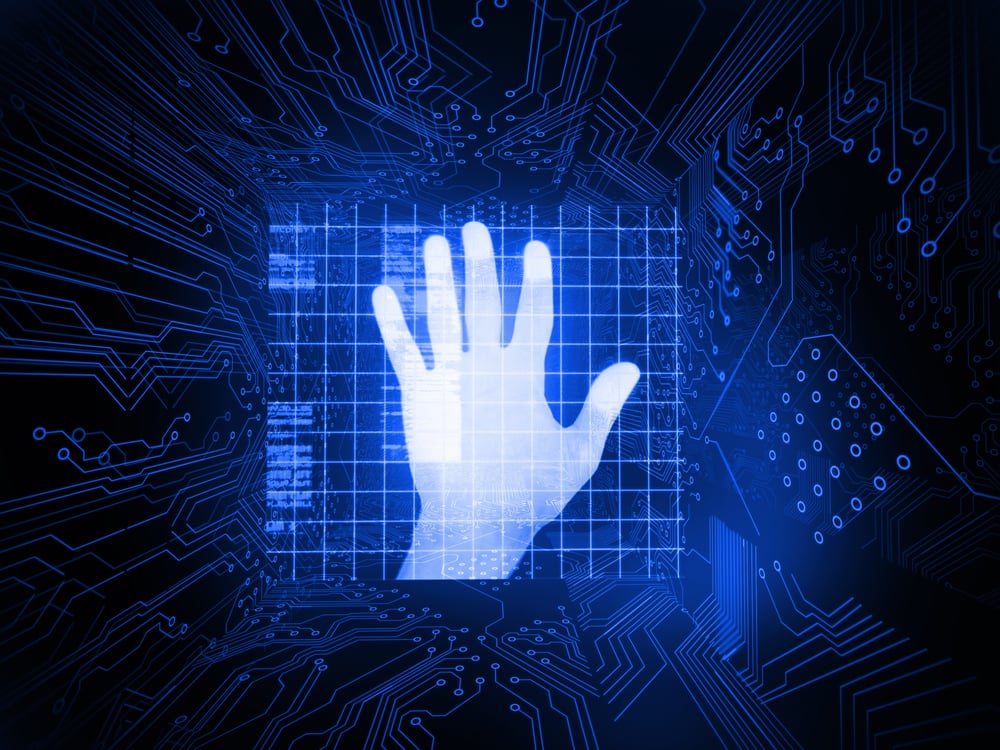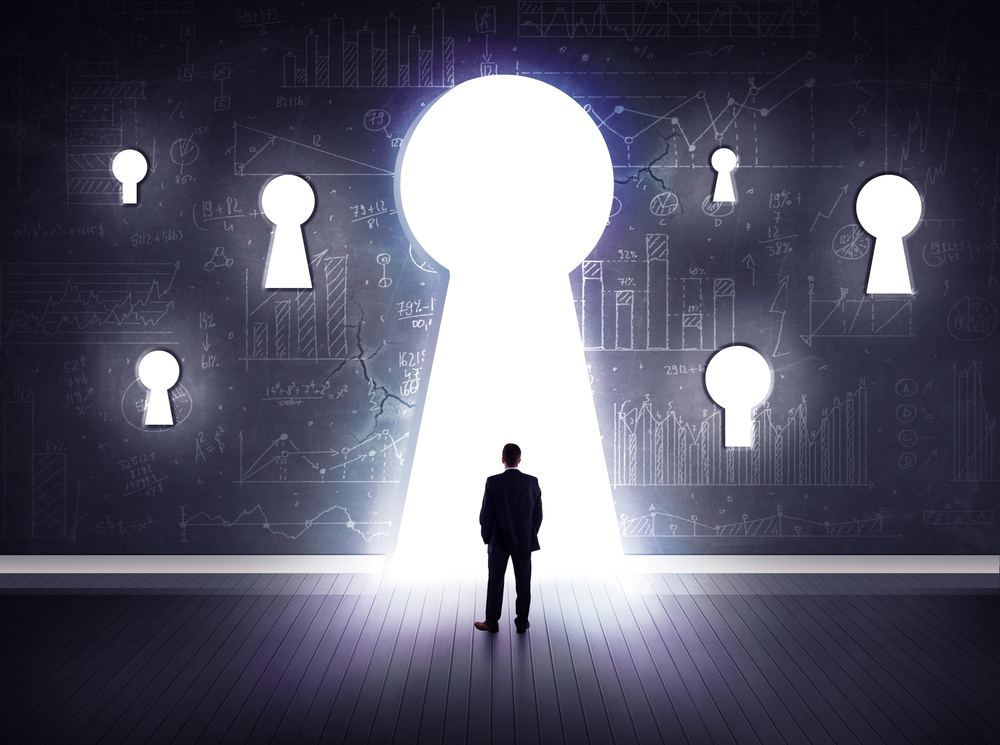Why Multi-factor Authentication (MFA)?
In Today's world, Remote Workers are the new Normal
Work anywhere, anytime - this axiom had employees connecting to corporate networks via web and cloud apps, as well as remote access services like Virtual Private Networks (VPN) and Remote Desktop Protocol (RDP) to do their jobs. And in early 2020, the need for remote access exploded as organizations initiated work-from-home policies amid a global pandemic.
But remote access at this level brings new challenges. There are threats to users - like phishing, brute-force attacks and, password-stealing malware. Devices are also targeted by exploit kits and known vulnerabilities affecting out-of-date software. VPN, RDP, and cloud and web app access are also targets of malicious hackers.







 Unetek
Unetek 